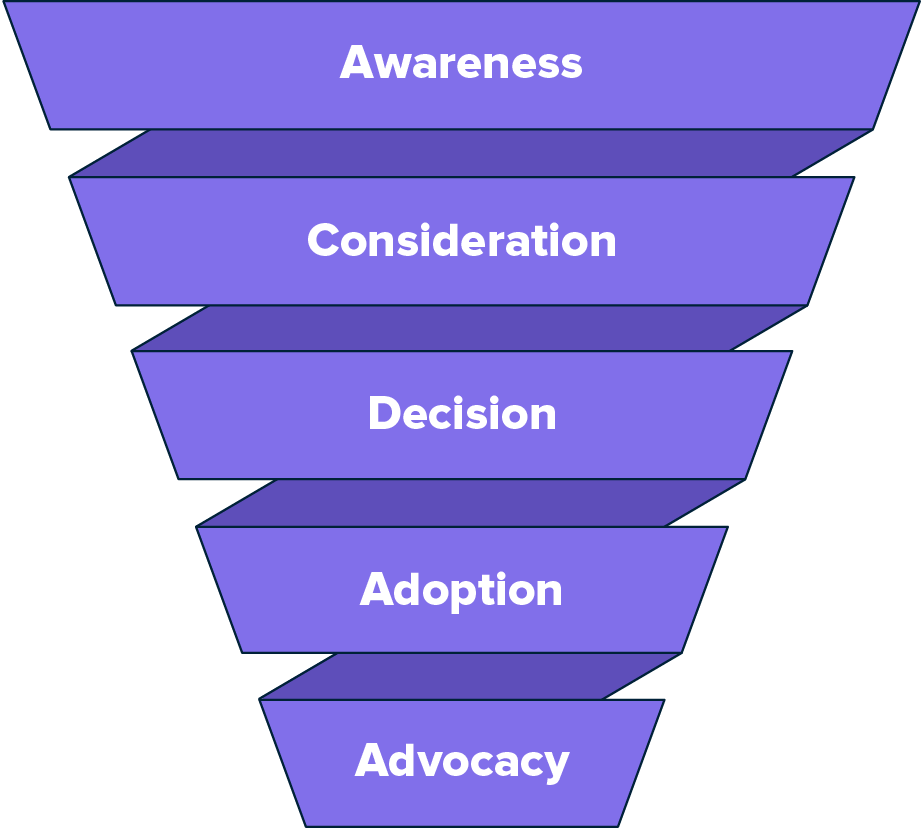How the University of Newcastle uses Sprout to power their full funnel marketing strategy
These days, you’d be hard pressed to find a university or higher education institution without a presence on social media. Regardless of which platform universities choose, social media enables universities to cultivate a sense of community for students and to engage with their alumni base.
And though some may view social as little more than an awareness play, the reality is social can support higher education institutions at all stages of their marketing funnel. With a robust social strategy, universities can strengthen their international profile, influence prospective students’ decisions and turn graduates, employees and industry partners into staunch advocates.
In this article, we’ll break down what the university marketing funnel looks like and how your social strategy supports each stage of the funnel. We’ll hear from expert social marketer, Rob Brooks, who will show us how his team puts this strategy into practice for The University of Newcastle, Australia.
Social supports all stages of the marketing funnel
When it comes to aligning your social strategy with your marketing funnel, Rob recommends identifying what you hope to achieve at each stage of the funnel and how social can support those goals.

At the awareness stage, one primary goal for The University of Newcastle centers around recruitment. Here, Rob’s team is focused on getting their university’s name in front of as many prospective students as possible and strengthening their brand on social. Consider what social platforms are most popular among high school students and what content will resonate strongest with students starting to think about university.
As students move into the consideration stage, how might marketers use social media to serve up content that encourages prospects to ask for more information? Sharing content like a glimpse at the different types of learning opportunities available to students can entice prospects to learn more about your offerings.
Once you have your audience’s attention, using social to highlight your university’s unique selling points can help lead students through to the decision stage of the funnel. Rob’s team, for example, uses social to showcase what makes the University of Newcastle different from other universities, like the values of the institution and the location of the campuses.
Moving into the adoption stage, this is where universities can leverage social to support students as they enroll and settle into university life. Universities, for example, can use social to educate students on important dates for class registration or highlight lesser known certificates across a range of disciplines.
Finally, consider the role of social media in supporting advocacy. The University of Newcastle has an alumni network of over 148,000 former students and has more than 9,000 staff. As another way of engaging their audience, Rob’s team features current students, staff and alumni to highlight the lifestyle and career opportunities which come from being part of the university community.
👷 💪 "I realised there was so much power in engineering' to really change the world." Alum @RennyChivunga saw first-hand how the deterioration of water systems in Zimbabwe impacted lives. Now she's determined to inspire change.@WES1919 #INWED20 https://t.co/47KRNmWZ0y
— University of Newcastle (@Uni_Newcastle) June 22, 2020














